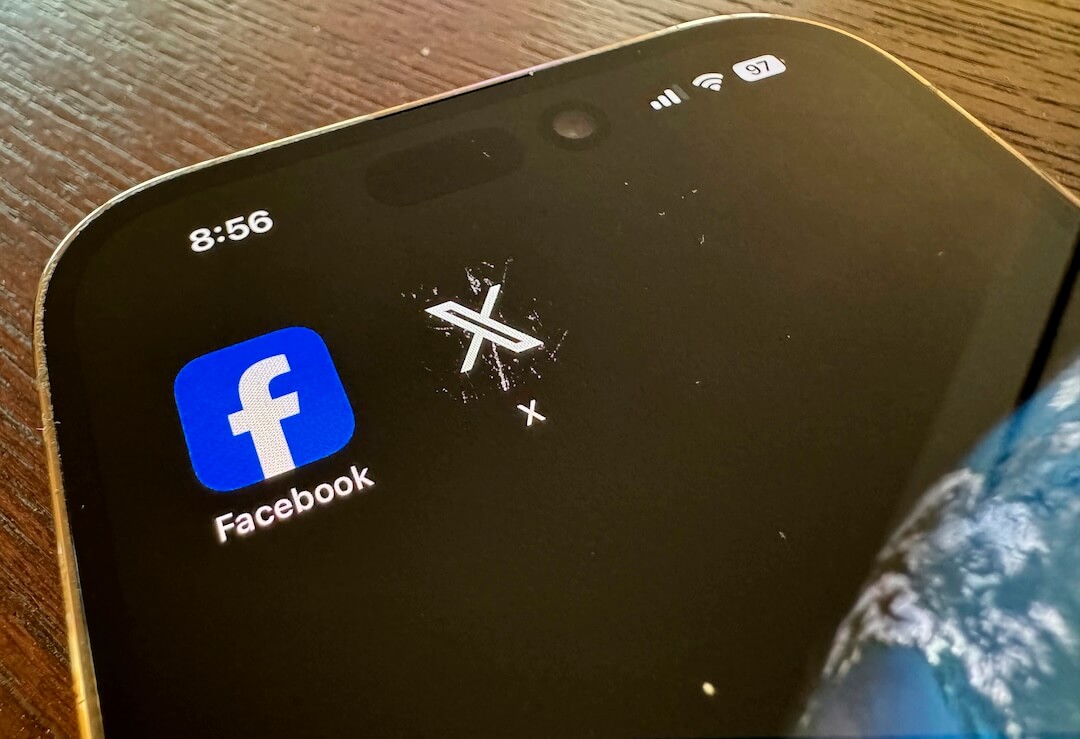The Guardian
In honor/fear of that day, here’s a quick look at some pranks media organizations have pulled, or tried to pull.
Sometimes, they’re pretty funny. Sometimes, they’re worth our cringes. Sometimes both.
Last year on April 1, Richard Nelsson wrote about every April Fools’ prank The Guardian has pulled since 1974.
Newspaper hoaxes first began to appear in the early 19th century, mainly in America. One of the very first was a series of New York Sun articles in 1835 about life on the moon, supposedly reprinted from the Edinburgh Journal of Science. Another involved the Boston Post announcing that a cavern of gold and jewels had been found on Boston common; hundreds of readers set out in the rain in search of the treasure.
The Guardian caught up, over time, and by 1977, created a travel publication for a fake island that they’ve taken readers back to a few times since.
In the 2013 piece, Nelsson lists data for every prank since, including “The Guardian Man Page” in 1992. “Out of the ashes of feminism and post-feminism rises a different sort of page.”
In 2009, The Guardian told readers it would be the first paper to be published through Twitter exclusively.
Also last year, Poynter’s Andrew Beaujon wrote about the media pranks of the day, and in 2012, Beaujon wrote about “8 Classic Newspaper April Fools’ Hoaxes.” San Serriffe made No. 1 on that list.
We want to hear about the worst April Fools’ media hoaxes you’ve seen. E-mail them to khare@poynter.org, or send them to us via Twitter or Facebook.






